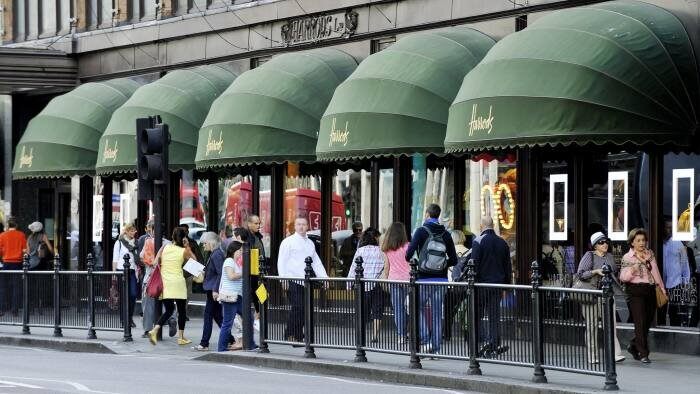With international travel off the cards again this year for Chinese tourists, it was expected that domestic tourism would scale new heights this year.
Surprisingly however, data showed Golden Week - one of China’s longest holidays, celebrated in October, suffered a slight decline in 2021. Localised outbreaks of Covid-19 were likely to be the main reason for people opting to stay home this year.
So what changes are we seeing this year? The Hot Pot team has pulled together some headline figures and trends to help you better navigate the shifting landscape of Chinese tourism.
-
According to state media, tourism revenues fell by 5%, totaling approximately $60b, only 60% of revenue generated in Golden Week in 2019.
-
The number of domestic trips dropped by 1.5% to 515 million, approximately 70% of those made in 2019.
-
Despite the decline in domestic travel, Hainan remained a popular destination for Chinese tourists, reporting a new record in sales across Golden Week.
-
Beijing was the most popular destination according to Trip.com
-
43% growth in car rentals this year, showing a preference over flying
Why did domestic travel drop during this year’s Golden Week?
Due to local outbreaks, many travellers thought twice about jet-setting this Golden Week. Since very few Chinese people have personally experienced Covid-19 infection, there still remains widespread caution and fear around the pandemic, despite high levels of vaccination. Several schools in Beijing and Shanghai advised parents to avoid traveling, with the hope that their children could return to school following the holiday. Such attitudes make people reluctant to take any risks, direct impacting domestic tourism and travelling preferences.
How are Chinese travel habits changing?
Covid-19 has impacted Chinese preferences around travelling. Those that have chosen to travel have preferred to do so by car, rather than flying, reflected in the surge in car rental prices. Chinese tourists are also keen to avoid densely populated attraction sites, which has led to a rise in the number of people visiting places of natural beauty. Sanya’s West Island and Phoenix Mountain have seen record numbers with an increase of 40% and 318% respectively.

Resort in Sanya, China
What’s the good news?
Despite reluctance to travel, Beijing and Hainan emerged as exceptions. Beijing’s place at the top of the tables is explained by the recent opening of Universal Studios at the end of September. Hainan’s has emerged gradually as a favourite since becoming a duty-free zone in June last year, making it a must-go destination for Chinese shoppers. Although numbers have decreased since the pandemic, Hainan still welcomed 64 million domestic tourists in 2020. This has continued into Golden Week with duty-free sales totalling $252m, up 75% from 2020. Luxury international brands have seized on this opportunity, being widely represented across their newly opened duty-free malls.
What does this mean for brands?
Given China’s zero-covid approach, it’s unlikely that large-scale international travel will return in 2022 for Chinese tourists. For many brands, particularly those with brick and mortar stores in London, this is not good news. Despite this, high-end brands such as Shiseido and Swarovski have pivoted to focus their efforts on Hainan, with great success. This may, however, be relatively short-lived. When international travel opens up, it is likely Hainan’s mass sales will take a hit and brands with costly overheads will be left reeling.
With this in mind, it may be more strategic to adopt a pop-up approach to the Hainan market, taking the short-mid term benefits that come from Hainan’s explosive growth, whilst not putting all your eggs in one basket. This model has been successfully adopted by brands like Ferragamo, Cartier and Biotherm. L’Oreal for instance chose Hainan’s International Consumer Products Expo as a chance to push out Urban Decay and Valentine Beauty, neither of which had fully entered China prior. This is a lower-cost way to engage consumers and create awareness around a brand, as well as sizing up the market opportunity. Brands can then sustain engagement with their newly found Chinese consumers through cross-border platforms, harvesting interest and sales.
Finally, brands can use this time to collect information on Chinese consumers to be better prepared for when international travel does resume. When Chinese vacationers are able to travel abroad, there is no doubt they will come with purses in hand. Brands that are ready to draw excited shoppers in with the right messaging and products that resonate with newly developed habits and needs will have an edge over their competitors.
Related blog posts

